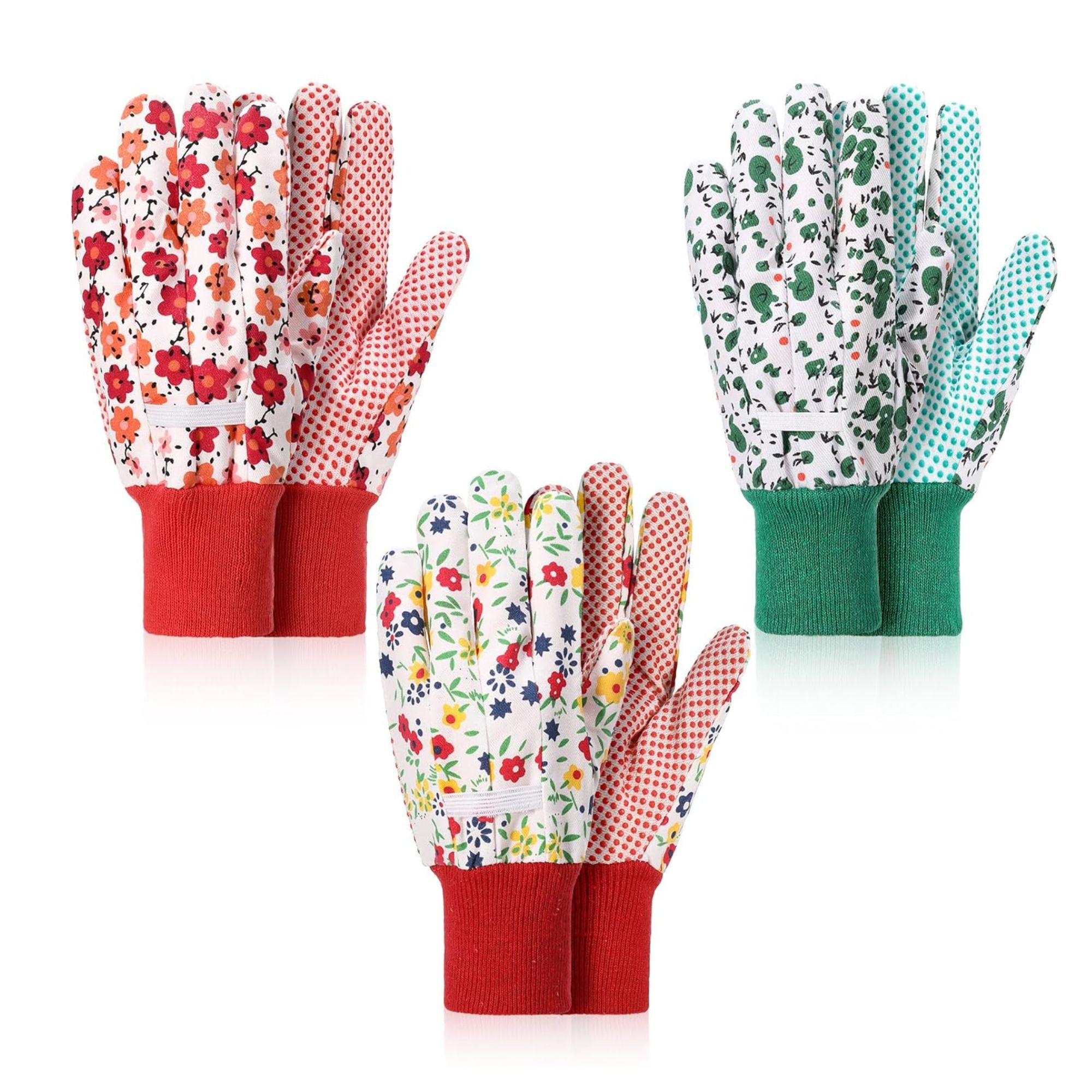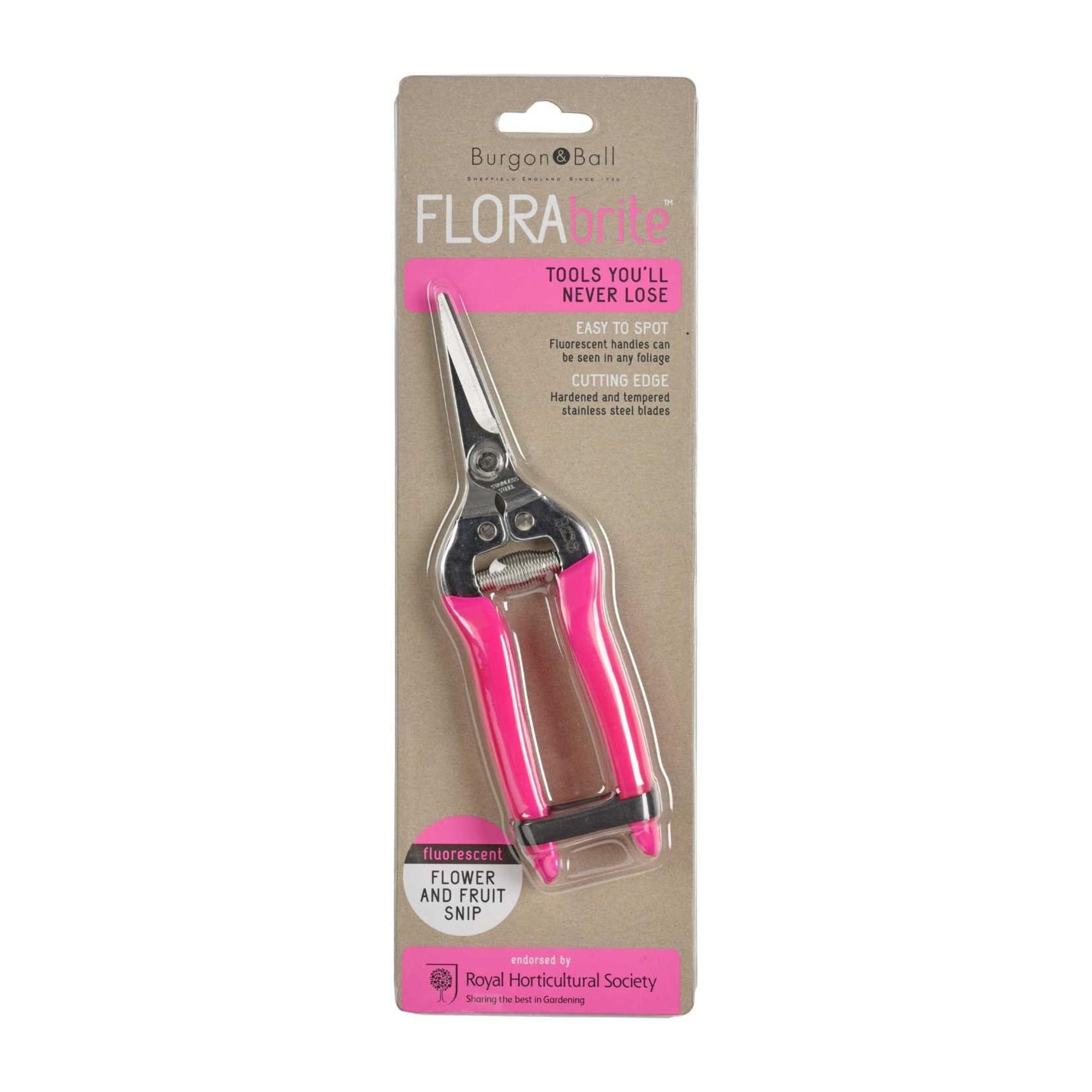How to deadhead geums – extend their flowering season and encourage a second flush of blooms
Stop your flowers from going to seed with these simple steps


Whether you know them as geums or avens, it’s fair to say that these hardy perennials are becoming more and more popular. And with their bold blooms and their semi-evergreen foliage, it’s not hard to understand why. But how do you deadhead geums when their lengthy blooming period ends?
Yes, we could rave about geums for hours. Not only were they a big hit at the RHS Chelsea Flower Show this year, but they can also be added to the list of bedding plants that slugs hate and the best flood-proof plants. That’s why giving your geums the TLC they need to thrive is so important.
But while geums are pretty low-maintenance, the last thing you want is to make any deadheading mistakes. So, we’ve put together the ultimate guide on how to deadhead geums. After all, you have a big choice to make when completing this garden task, as you don’t necessarily have to deadhead all of the spent flowers.
How to deadhead geums
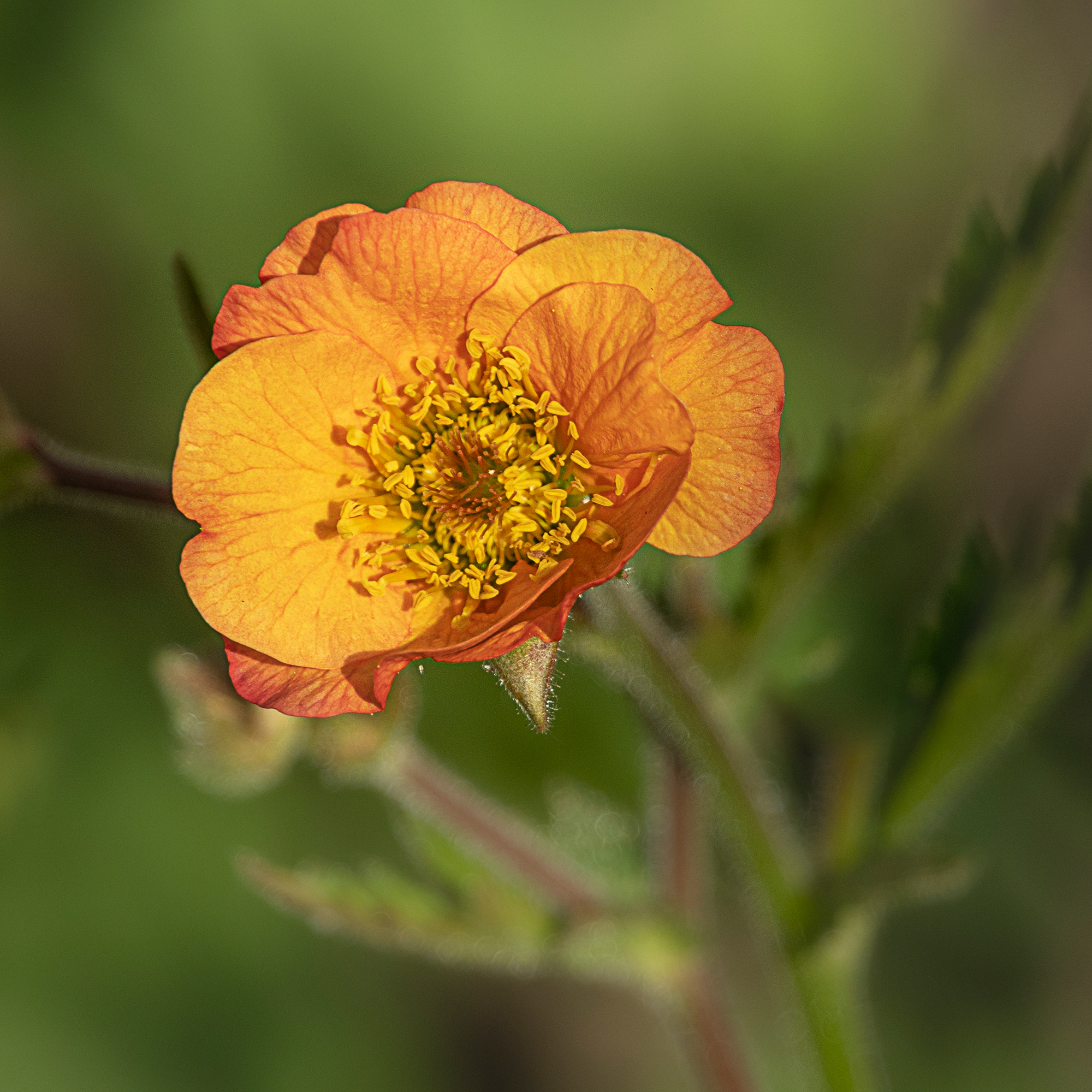
Deadheading geums stops the plant from going to seed and, ultimately, using unnecessary energy that could be used elsewhere.
When the spent flowers are deadheaded, the plant can then use this extra energy to prolong its blooming period and, in some cases, even promote a second flush of flowers. But how do you actually deadhead geums?
What you'll need
Step-by-step
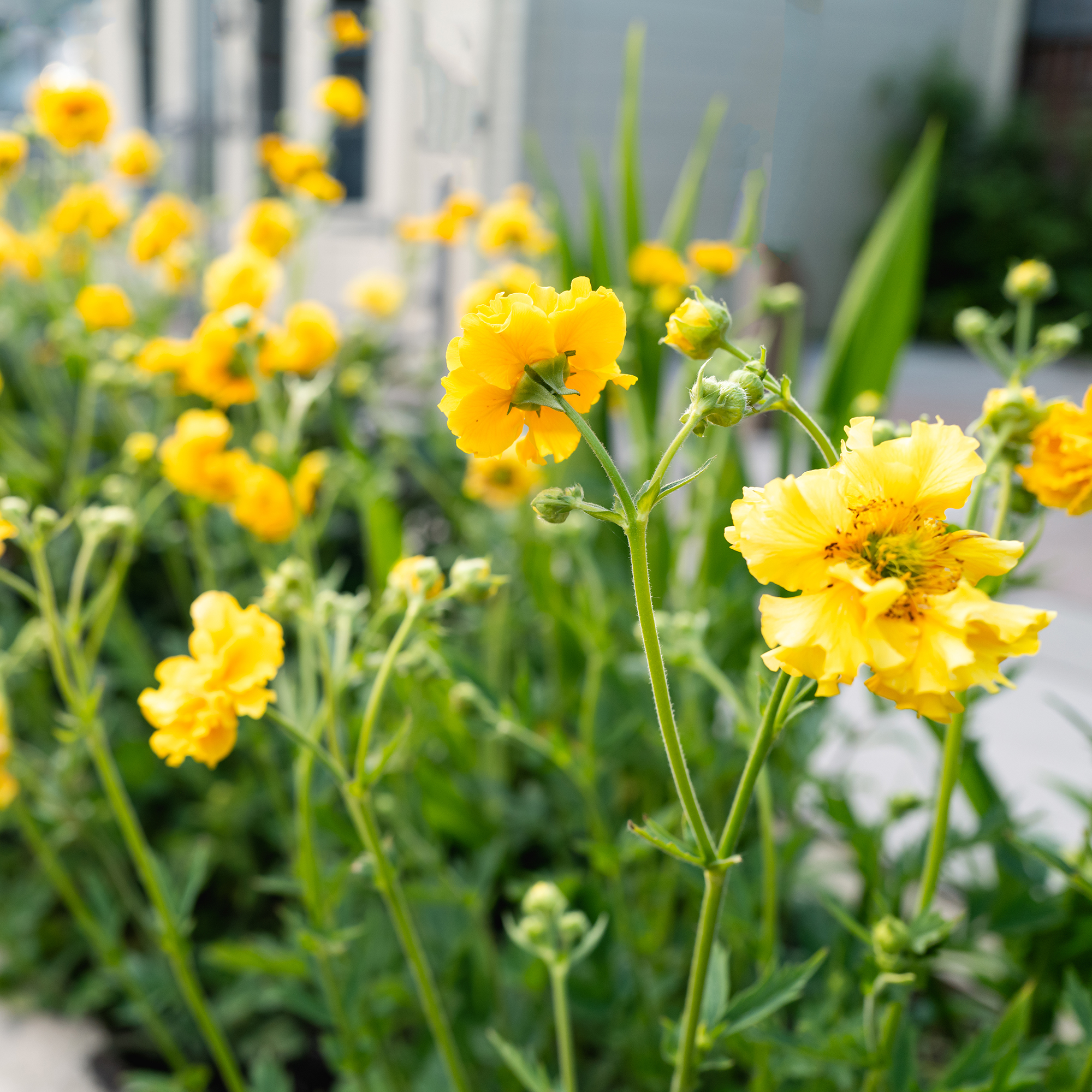
1. Choose the right time
One of the reasons we love geums is because they have an incredibly long blooming period. Typically, they’ll flower from April to October - adding stunning colours and texture to your cottage garden idea for months on end.
But there comes a time in every geum flower’s life when it starts to fade, and that’s when you need to be on the ball. As soon as you notice that the vibrant colour has turned brown, the flower has wilted, and it’s become dry and crusty, you can deadhead your geums.
Sign up to our newsletter for style inspiration, real homes, project and garden advice and shopping know-how
Aim to do this as soon as possible, and avoid waiting too long to deadhead your geums. The longer you wait, the more energy the plant will waste on the spent flowerhead.
2. Deadhead individual flowers
When deadheading anything, it’s easy to get carried away. But it’s important to exercise restraint when deadheading geums, as you need to focus your attention on the individual flowers rather than the plant as a whole.
In most cases, spent geum flowerheads will sit just above or next to new buds waiting patiently to open. Because of this, you need to be precise and only deadhead the wilted flowers that are ready to be deadheaded.
You can do this by pinching the spent flowerheads off between your finger and your thumb, but if you’re worried you’ll crush the new buds in the process, you can use small snippers instead.
John Clifford, garden expert at Gardenstone, prefers the latter method - as long as you’ve cleaned your garden tools.
‘In order to deadhead them, use clean, sharp pruning tools,' he advises. 'You'll need to follow the stem down to the first set of healthy leaves, and then make the cut. This will encourage more blooms from the plant.’
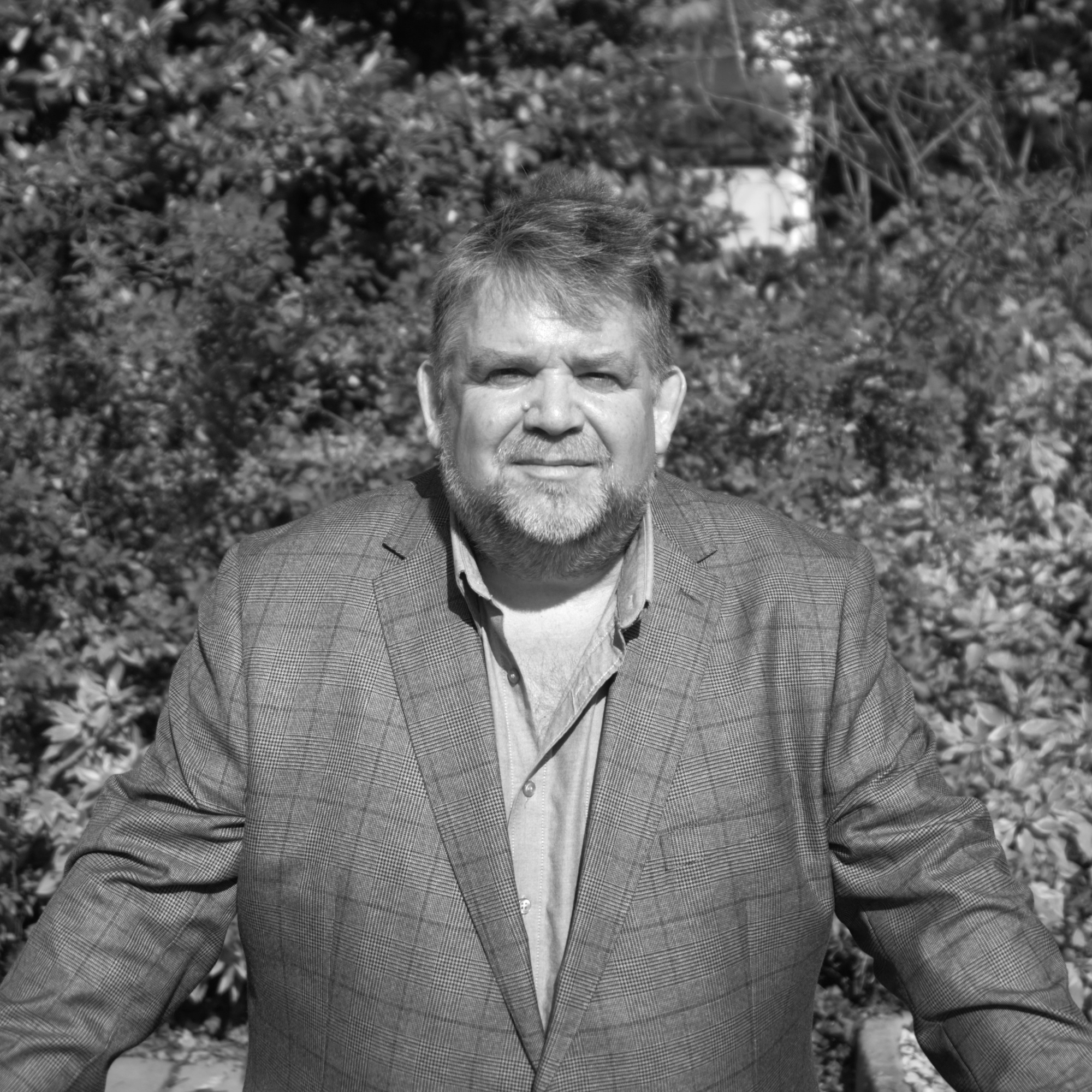
John Clifford is a director of Gardenstone, a leading garden landscaping retailer based in the UK. With over 30 years in the gardening industry and continual work alongside The National Trust, John has amassed an extensive range of gardening and planting knowledge. Alongside his younger son, John has built a strong reputation for Gardenstone as a trusted source for both high-quality garden products and expert gardening advice.

3. Leave some seed heads on display
As geums are hardy perennials, you can rest easy knowing that they’ll come back every year without fail. And while deadheading geums will result in a happier and healthier plant overall, that’s not to say that you can’t leave some spent flowerheads on display, too.
In fact, some experts like to leave around 10% of their dead geums to their own devices, as their fluffy and spiky seedheads can make an attractive display in the garden.
This step is a personal choice. You can either deadhead every flower or leave some as garden decor. If you choose the latter, just make sure that you don’t leave too many, as this will ultimately reduce the plant’s blooming period.
4. Cut the stems down to the base
You should continue to deadhead geums through the entirety of the flowering season. However, it’s a good idea to give the plant some extra TLC when that ends.
You should be able to tell when your geum plant has reached the end of its flowering season, as there will be no visible buds on the stem, and all of the flowers should have faded. Of course, your first step should be to deadhead all of these spent flowers.
Then, John advises gardeners to ‘cut the plant back to ground level from autumn to winter.’ Do this by cutting the individual stems down to the base of the plant.
This will not only tidy up your garden but also encourage bigger and better flowering for next year’s blooming period.

FAQs
How do you keep geums blooming?
The best way to keep geums blooming is to keep up with deadheading. By removing the spent flowerheads as quickly as possible, you can prevent the plant from going to seed and use the energy to produce more flowers instead.
Alongside this, you also need to make sure that you’re providing your geums with the correct growing requirements. They need:
- Indirect sunlight.
- Moisture-retentive soil.
- Regular watering.
Do geums flower more than once?
Geums have a long flowering period already, but if you keep on top of deadheading you can often encourage a second flush of flowers, too.
This will normally only happen if they’re planted in the ideal location (around 6 hours of sunlight but shade during the hottest part of the day to avoid scorching) and are deadheaded to stop them from going to seed.
The plant will then use this extra energy to produce a second flush. However, this is not guaranteed.
Now, all you need to do is wait for your geums to need deadheading…

Lauren Bradbury has been the Content Editor for the House Manual section since January 2025 but worked with the team as a freelancer for a year and a half before that. She graduated with a Bachelor’s degree in English and Creative Writing from the University of Chichester in 2016. Then, she dipped her toe into the world of content writing, primarily focusing on home content. After years of agency work, she decided to take the plunge and become a full-time freelancer for online publications, including Real Homes and Ideal Home, before taking on this permanent role. Now, she spends her days searching for the best decluttering and cleaning hacks and creating handy how-to guides for homeowners and renters alike, as well as testing vacuums as part of her role as the Ideal Home Certified Expert in Training on Vacuums, having spent over 110 hours testing different vacuum models to date!
